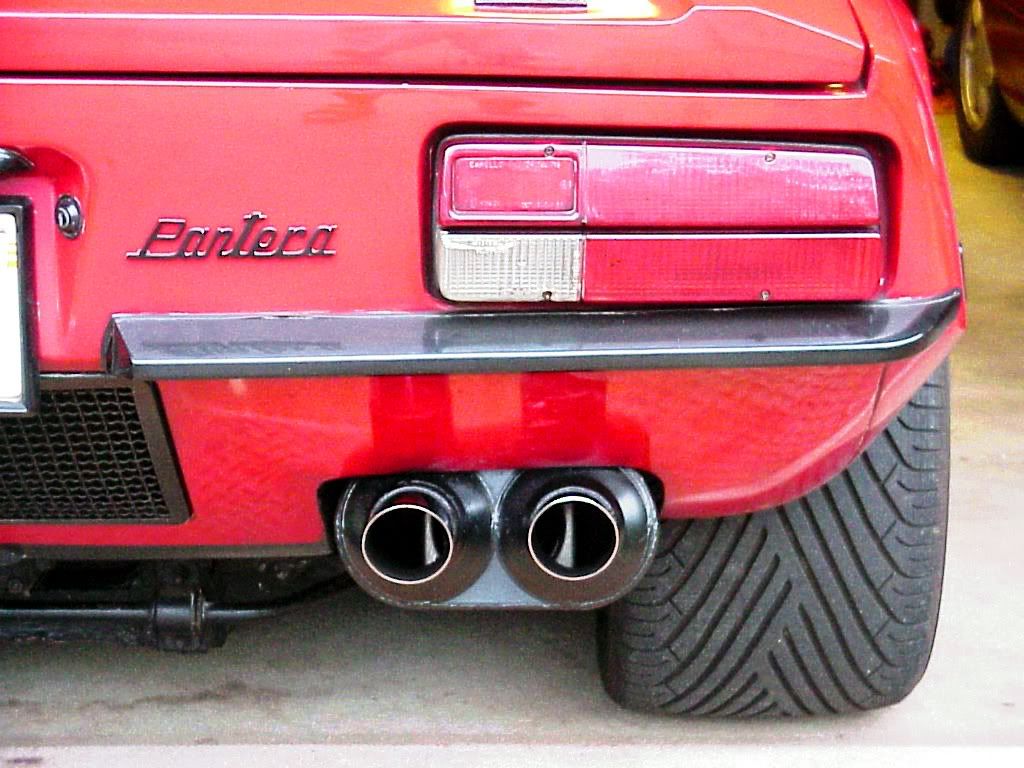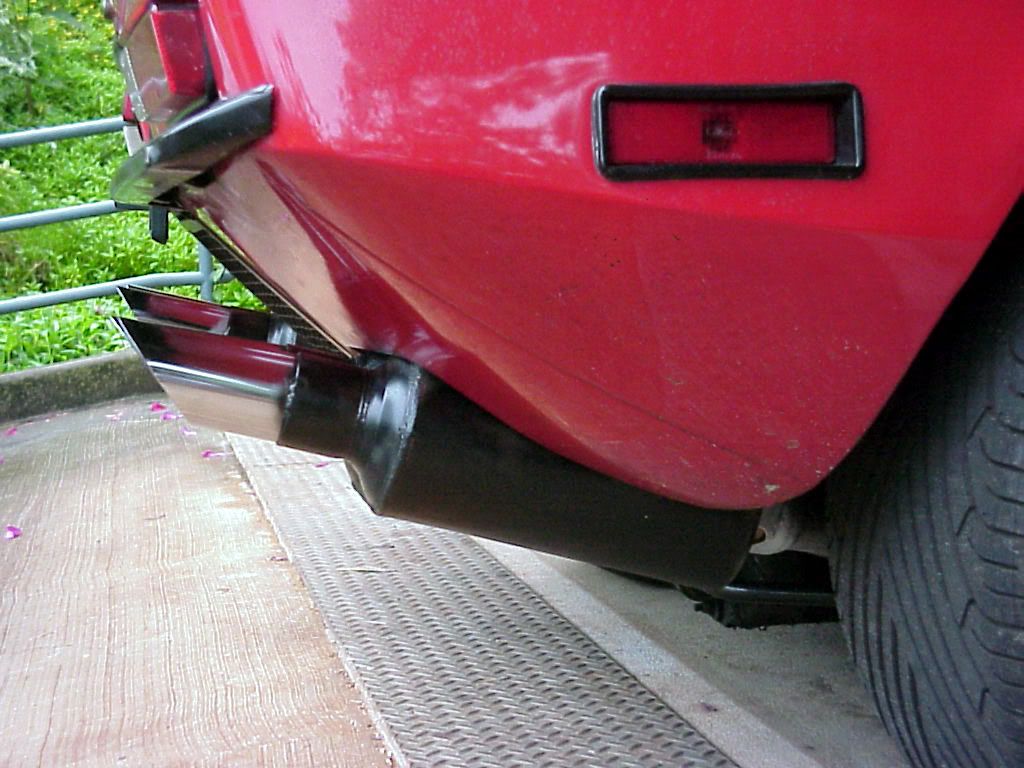
The motor is fine up till about 5200rpm where it was guessed that I was experiencing valve float. Unless the MSD 6A can't keep up I kind of threw out the suggestion that it wasn't getting enough spark. Even if I swap in some new springs, the linear curve still suggested that it would only have pulled 350whp around 7000rpm. That seems really low for the combination in the car.
Here is what I know of the motor.
- 351c .030 over R or Q 4 bolt main block (not positive on this though) with 10k miles
- Forged Pistons/Rods and Cast Crank (10.5:1 Comp)
- C302b Heads / Roush M-9424-A351 Intake (porting unknown)
- Holley 750 (Not a double pumper)
- Current cam thought to be a Comp 268H by previous owner. Seems small to me, but could explain the power curve?
Here is my tentative plan.
- Since I just drive this on weekends go with a solid roller and set the lash every year or so?
- Have a custom ground solid roller cam made with matched springs
- Have someone like Pro Systems setup a custom carb
- Toying with the idea of an electric water pump and or mechanical vaccuum pump?
Questions...
- Can this all be done with the motor in the car or am I going to have to pull it?
- Realistically what rpm can I turn a 4 bolt main cleveland to? I've done a ton of reading, and with the big clevor heads, these motors like to be spun.
- Stroker is out of the question, I'm trying to keep this to under $2000 total with me doing most if not all of the labor. I just want to freshen this setup and get the most out of a 358ci clevor since its only got 10k miles on it. It seems like a custom grind shouldn't be difficult with the testing that has been done on cup cars and this size motor.
- Anyone have an electric water pump by Meziere etc. or rig up a mechanical vaccuum pump? Is there room?
- What is the horsepower limit of a cast crank?
- This is a weekend car, but I do plan to take it on 2 hour cruises once in awhile along with the occasional highway romps. The only problem I had with my other solid roller in my mustang was the fact that the lack of vacuum required me to remove my vaccuum assisted brake MC. This is something I should have mentioned to the cam designer, but I told them max effort so I can only blame myself for not making this consideration. This is obviously not relevant in the Pantera though.
So please provide your experiences and suggestions, any custom cam builders with a history of building cleveland cams. I'm basically asking what I can do with a close to max effort 358.
I'm not very experience with carburetors either. I've worked on my mustang using the factory EEC and an Accel Gen6 programmable digital fuel injection system. What kind of street characteristics would I be giving up to a put something bigger like a worked over 750HP series on top? Is this a matter of me giving it a little gas at idle to keep it running, and setting the idle high enough to keep the solid roller lubricated at low rpm? Obviously my mileage is going to go down, but like I said, this is a weekend ride. right now I'd guess I have a 200 mile radius on a full tank, so I anticipate that changing drastically :P
Sorry for the long winded trilogy, I have done some basic searches already on many of these topics and just want to make the best decision and know what I would be trading off realistically.





